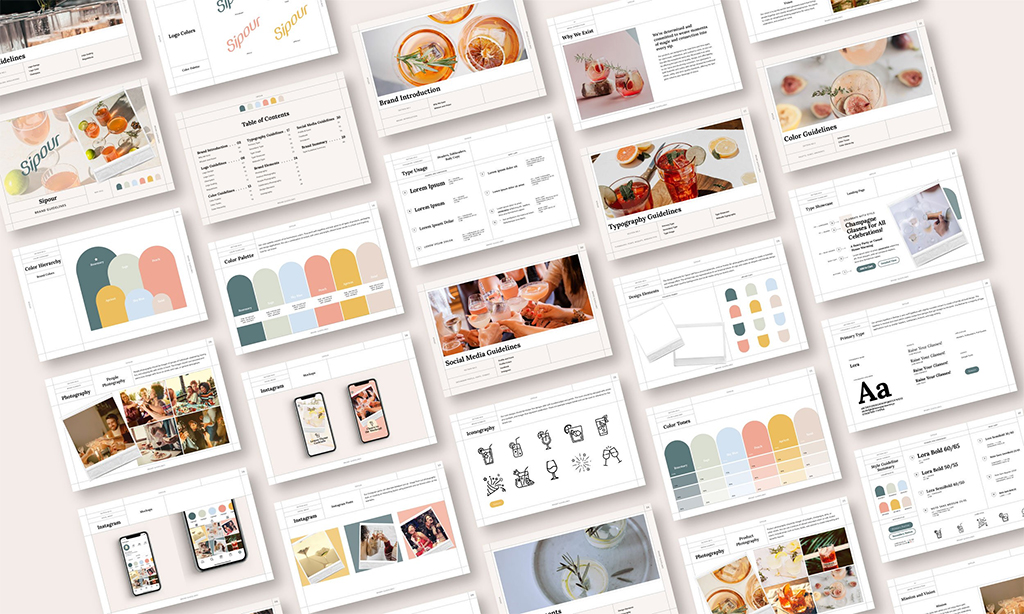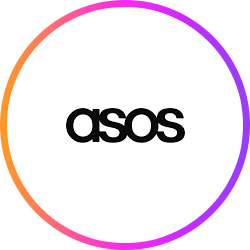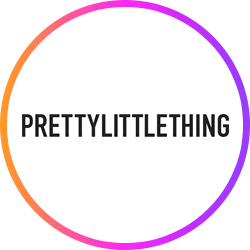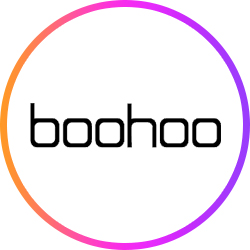Mastering Brand Guidelines: You’re Complete Handbook For The UK
In today’s ever-evolving digital landscape, establishing a strong & resilient brand identification is essential for organisations aiming to thrive in the highly competitive world of e-commerce dropshipping in the United Kingdom. Amid this journey, brand guidelines assume a vital role, serving as a navigational framework that guarantees uniformity in your brand’s messaging and visual elements across diverse platforms and customer engagements. Within this article, all of us will delve into the significance of championing brand standards, provide insights for drawing up your distinct directive, and present five exceptional depictions of brand guideline excellence within the UK’s e-commerce dropshipping sphere.

To what extent does brand image affect success?
Brand guidelines are a collection of rules and principles that govern the visual, auditory, and experiential facets of your business, ensuring a consistent and readily recognizable identity.

Here’s why they are crucial:
- Consistency: Consistent branding standard ensures that the brand sustains a uniform being across every channels, cultivating trust and awareness among your intented spectators.
- Professionalism: Clearly outlined brand specifications showcase professionalism and dedication to your field, which can be appealing to customers.
- Transparency: Rules encourage your team & cohorts commiserate with the brand’s essence, making it easier to design sales literature that align with your perceptiveness.
- Memorability: Consistency in brand identity enhances memorability and recognition among users, thereby fostering greater loyalty towards the business.
Begin Your Online Business Journey with Avasam – Click Here to Get Started
Now, let’s explore how you can create your brand guidelines for e-commerce dropshipping in the UK.

Tips for Creating Your Brand Guidelines
1. Define Your Brand’s Identity
Start by defining your brand’s mission, values, and nature. Consider what sets you apart from contenders and what message you want to convey. This foundational step will shape all other aspects of your brand guidelines.
2. Create a Style Guide
Your brand’s aesthetic aspects, such as logos, colour schemes, syntax, and images, should be included in your style guide. For clarity, specify how each piece should be utilised and offer examples.
3. Craft a Brand Voice
Your brand’s air and voice should be consonant in all written materials. Determine whether your brand is casual, professional, playful, or serious, and provide guidelines on how to express this personality in written content.
4. Define Usage Rules
Establish clear rules on how and where your brand elements should be used. This includes specifying minimum logo sizes, clear space requirements, and guidance on backgrounds and contexts where you’re branding should appear.
5. Accessibility Considerations
Ensure your brand guidelines include accessibility guidelines to make your content and products inclusive. This includes guidelines for accessible color choices, font sizes, and alt text for images.
Now that you know how to build brand guidelines, let’s look at five outstanding examples of brand guidelines from UK e-commerce dropshipping enterprises.
5 Exemplary Brand Guideline Examples

1. ASOS
ASOS is well-known for its stylish fashion goods and distinct identity as a company. Their trademark requirements encompass everything from logo usage to image styles, ensuring that their e-commerce site has a consistent brand experience.

2. Gymshark
Gymshark is a UK-based fitness apparel brand with a strong online presence. Their brand requirements stress a clean and basic style, consistent usage of their emblem, and a specific colour spectrum.

3. PrettyLittleThing
PrettyLittleThing is a fast fashion retailer with branding rules that reflect their youthful and lively image. Their guidelines provide direction on typography, imagery, and tone of voice.

4. Boohoo
Boohoo is another UK-based fashion retailer known for its affordable and trendy clothing. To create a consistent brand identity management, their brand rules emphasise logo use, colour palettes, and online graphics.

5. Not on the High Street
Not on the High Street is an online marketplace for unique and personalized products. Their brand guidelines emphasize the importance of storytelling, showcasing individual sellers, and using a warm and friendly tone.
Before we come to the conclusion, Avasam has also drafted its Brand Guidance:

Avasam’s brand guidelines have been nothing short of revolutionary in the world of dropshipping. Avasam has not only built a consistent and visually attractive corporate identity, but has also revolutionised the dropshipping landscape, thanks to a rigorously designed set of principles. Avasam’s principles emphasise simplicity, elegance, and dependability, reflecting the company’s aim to provide a smooth and dependable dropshipping experience. Avasam has made surfing their platform a breeze with a beautiful combination of relaxing colours, intuitive font, and user-friendly design. This uniformity in branding has established trust in both suppliers and retailers, establishing a new industry standard for transparency and professionalism. As a result, Avasam’s brand standards have played a critical part in redefining dropshipping, making it more accessible, trustworthy, and visually appealing to all stakeholders.
Begin Your Online Business Journey with Avasam – Click Here to Get Started
In conclusion, brand guidelines are a crucial aspect of building a successful e-commerce dropshipping enterprises in the UK. They provide a framework for maintaining consistency, professionalism, and memorability in your brand’s identity. By following the tips provided and studying these exemplary brand guideline examples, you’ll be well-equipped to create your own set of guidelines that will set your business up for success in the competitive UK e-commerce landscape.







DropShip products from verified suppliers to diversify your inventory and scale your eCommerce business